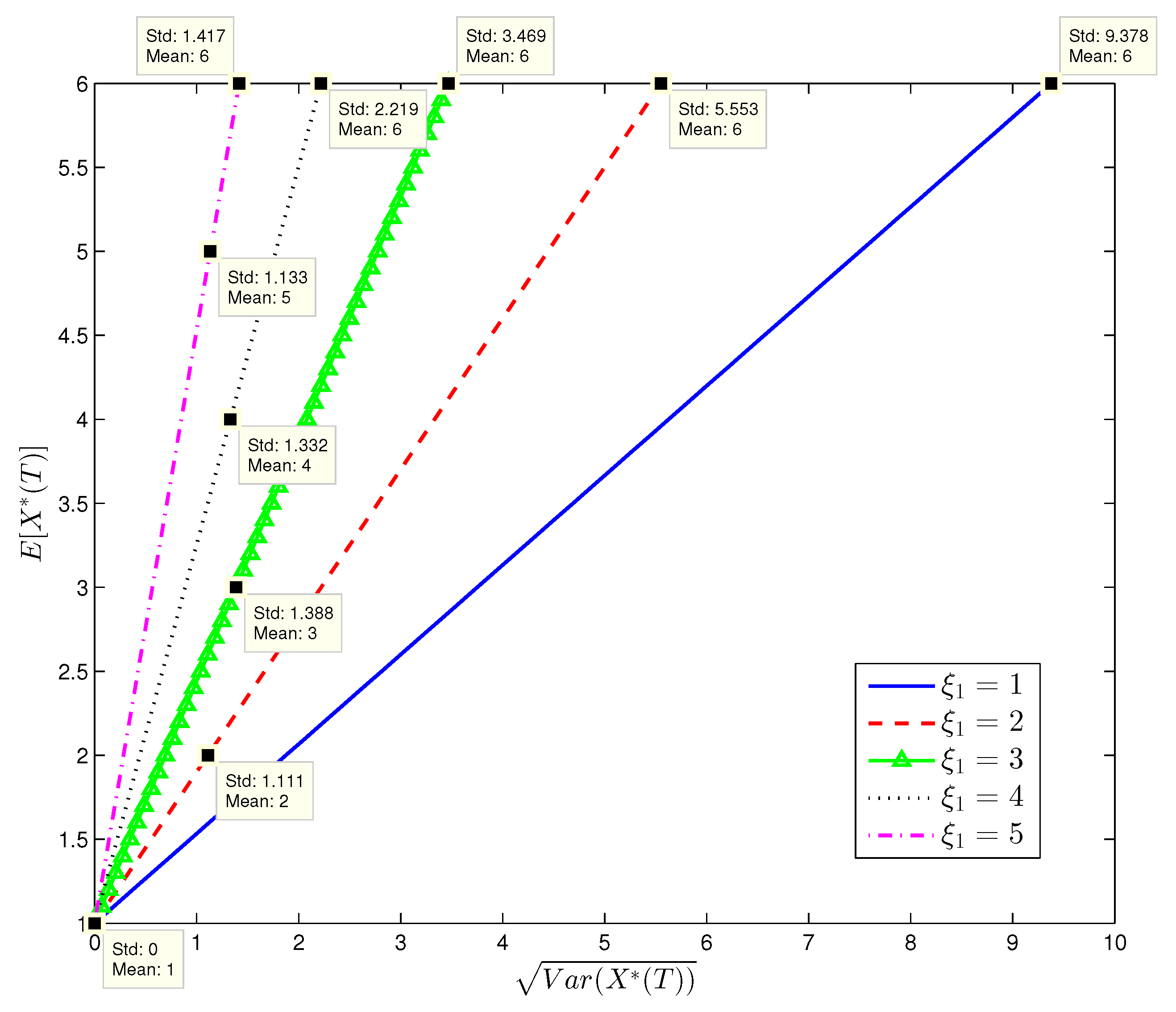
The Role of Hedging in Trading Variance Swaps
Key Takeaways
- Hedging is crucial for managing risk in variance swaps.
- It allows traders to maintain profit potential while controlling downside risks.
- Strategies include using options, correlated assets, and stop-loss orders.
- Continuous market monitoring is essential for successful hedging.
Table of contents
To fully exploit hedging, it’s essential to understand its application in various trading scenarios [(https://managefxrisk.com/forex-risk-management-app-guide)], such as variance swaps. Variance swaps primarily allow traders to bet on future market volatility without taking on a specific directional risk. However, hedging plays a critical role in this strategy by providing a safety net against potential losses and unpredictable market movements [(https://managefxrisk.com/forex-risk-management-app-guide)].
Understanding Variance Swaps
Defining Variance Swaps
Variance swaps are essentially a type of financial derivative that allows traders to speculate on future market volatility. In this setup, one party agrees to pay the other the variance occurring between the contract’s initiation time and expiry, based on the underlying asset’s volatility.
Application of Hedging in Variance Swaps
Hedging strategies employed in variance swaps aim to protect traders against downside risk whilst maintaining potential for profit. This is primarily achieved through using options [(https://managefxrisk.com/forex-risk-management-app-hedging)] or other variance swap contracts offsetting the risk associated with the initial position.
Advanced Hedging Strategies for Variance Swaps
Using Options for Hedging Variance Swaps
Traders can utilize options to hedge against their variance swap positions. By purchasing put or call options, traders can protect themselves from potential losses if the market volatility moves against their variance swap contracts.
Pairing with Correlated Assets
Traders may also hedge their variance swap contracts by establishing positions in correlated assets. If assets have a high correlation, a movement in one direction for one asset often results in a similar movement for the correlated asset.
Employing Stop-loss Orders
Like any other trading strategy, implementing stop-loss orders is essential in hedging variance swaps. This strategy enables traders to manage their risk by closing a position once the market price reaches a predetermined threshold [(https://managefxrisk.com/forex-risk-management-app-strategies)].
Challenges and Opportunities in Hedging Variance Swaps
Overcoming the Challenges
While hedging variance swaps can offer lucrative potential, it comes with a set of challenges. These include tracking the underlying asset’s price movements, managing cost of carrying, and dealing with market unpredictability. To overcome these challenges, traders must constantly monitor market conditions, employ sound financial management practices, and regularly review their strategies [(https://managefxrisk.com/forex-risk-management-app-mindset)].
Seizing the Opportunities
Despite the potential difficulties, mastering the art of hedging variance swaps can unlock major opportunities. The ability to predict market volatility through variance swaps, backed by a sophisticated hedging strategy, empowers traders to take advantage of price fluctuations and generate substantial profits.
Conclusion
In the complex world of trading variance swaps, hedging serves as a powerful tool that traders can use to enhance their risk management strategies [(https://managefxrisk.com/forex-risk-management-app-basics)]. By employing robust hedging methods, such as using options, pairing with correlated assets, and implementing stop-loss orders, one can successfully mitigate potential losses and increase profits from trading variance swaps. However, continuous learning, rigorous analysis, and discipline are essential for exploiting opportunities and overcoming challenges in this dynamic trading arena.
Frequently Asked Questions
What is a variance swap?
A variance swap is a financial derivative allowing traders to speculate on future market volatility.
How does hedging work in variance swaps?
Hedging in variance swaps involves strategies to protect against potential losses while maintaining profit opportunities.
What are some common hedging strategies?
Common strategies include using options, pairing with correlated assets, and implementing stop-loss orders.






